Home>Interior Design>The First Things Interior Designers Notice In A Room
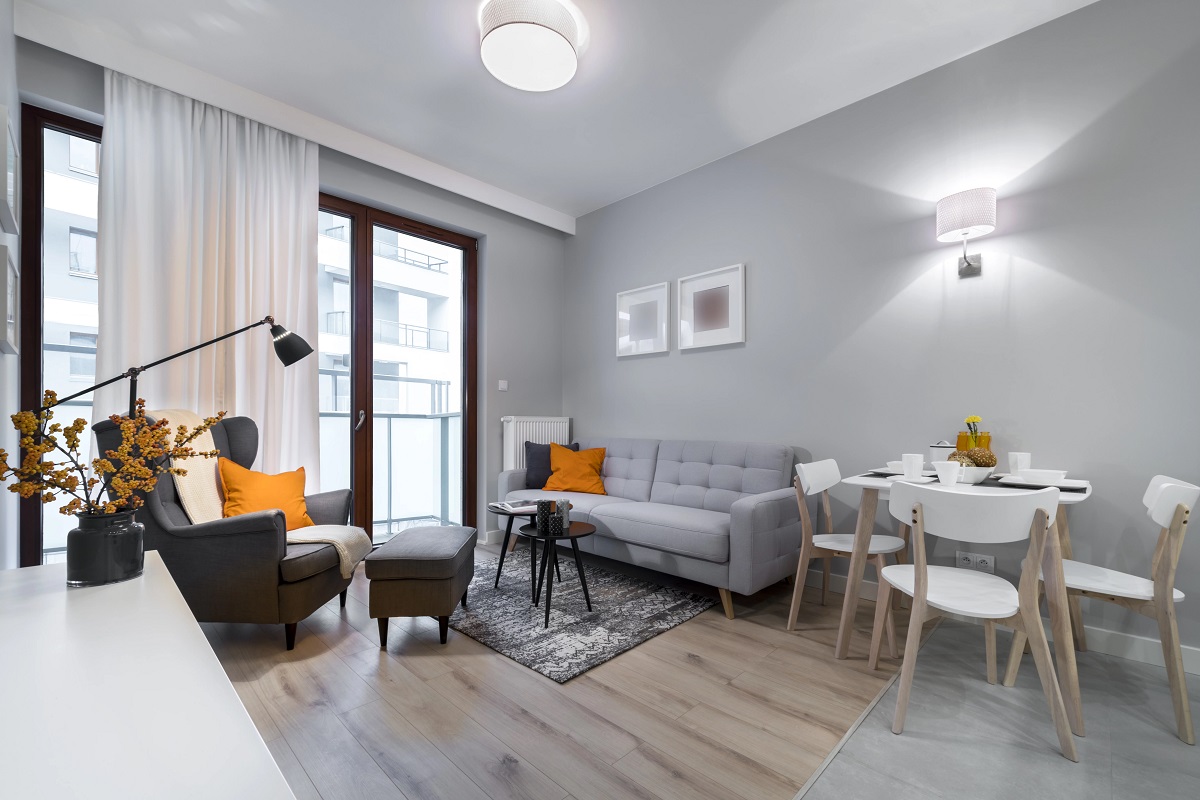

Interior Design
The First Things Interior Designers Notice In A Room
Modified: January 19, 2024
Discover what catches the eye of interior designers when they enter a room. Get insights and tips from experts in the field of interior design.
(Many of the links in this article redirect to a specific reviewed product. Your purchase of these products through affiliate links helps to generate commission for Storables.com, at no extra cost. Learn more)
Introduction
Welcome to the world of interior design, where every space has the potential to be transformed into a stunning and functional haven. When it comes to creating the perfect ambiance, interior designers have a keen eye for details that can make or break a room’s overall aesthetic. From the placement of furniture to the choice of colors and materials, there are several key elements that catch the attention of these design experts as soon as they step into a space.
In this article, we will explore the first things interior designers notice in a room. By understanding their perspective, you can gain insight into how to optimize your own space and create a visually appealing environment that reflects your personal style.
So, let’s dive in and discover the elements that captivate the attention of interior designers from the moment they enter a room.
Key Takeaways:
- Interior designers prioritize lighting, color scheme, furniture arrangement, scale, texture, architectural features, and overall style when evaluating a room. Understanding these elements can help create visually appealing and functional spaces.
- Attention to lighting, color scheme, furniture arrangement, scale, texture, architectural features, and overall style is crucial for creating visually stunning and cohesive interior design. Understanding these elements can elevate any space.
Lighting
One of the first things that interior designers notice when entering a room is the lighting. Lighting plays a crucial role in setting the mood and atmosphere of a space. It can enhance the overall design, highlight architectural features, and create a sense of warmth and comfort.
Natural light is highly valued by interior designers as it provides a beautiful and dynamic source of illumination. They pay attention to the placement and size of windows, as well as the orientation of the room to maximize the amount of natural light that enters the space. They also consider the impact of natural light on the colors and materials used, ensuring that they are showcased in their best light.
Artificial lighting is equally important, especially during the evening or in spaces with limited access to natural light. Interior designers evaluate the effectiveness of the lighting fixtures in providing both task and ambient lighting. They consider factors such as the brightness, color temperature, and placement of light sources to create a balanced and visually pleasing environment.
Additionally, interior designers look for lighting fixtures that complement the overall design aesthetic of the room. Whether it’s a modern chandelier, a sleek pendant light, or wall sconces, the choice of lighting fixtures can make a significant impact on the room’s overall ambiance.
By paying attention to the lighting in a room, interior designers can enhance its functionality and create a visually appealing space that is both practical and inviting.
Color Scheme
The color scheme of a room is one of the first elements that interior designers notice. The choice of colors can significantly impact the overall mood and atmosphere of a space. Interior designers consider three main aspects of color when evaluating a room: wall colors, furniture colors, and accent colors.
Wall colors play a crucial role in setting the tone for a room. Whether it’s a bold and vibrant hue or a soft and soothing shade, the color of the walls can dictate the overall aesthetic of the space. Interior designers pay attention to the harmony and balance between the wall color and other elements, such as furniture and decor.
Next, interior designers take notice of the colors of the furniture within a room. The furniture colors should complement the wall colors and create a cohesive and visually pleasing look. Whether it’s a statement piece or a collection of furniture, the colors should work together harmoniously.
Accent colors are the pops of color that add visual interest and depth to a space. These can be seen in accessories such as pillows, rugs, artwork, or even small decorative items. Interior designers pay attention to the choice of accent colors as they can inject personality and a sense of style into a room.
When it comes to selecting a color scheme, interior designers also consider the psychology of color. They take into account the emotions that different colors evoke and how they relate to the purpose of the room. For example, soothing blues and greens might be used in a bedroom for a calming effect, while vibrant yellows and oranges might be used in a living room to create an energetic and inviting atmosphere.
By carefully considering wall colors, furniture colors, and accent colors, interior designers can create a harmonious and visually striking color scheme that brings a room to life.
Furniture Arrangement
Once interior designers have taken in the lighting and color scheme of a room, their attention turns to the furniture arrangement. How furniture is placed and organized within a space can greatly impact the functionality, flow, and aesthetic appeal of the room.
Layout and flow are key considerations for interior designers when arranging furniture. They take into account the size and shape of the room, as well as the purpose of the space. Whether it’s a living room, dining area, or bedroom, the furniture layout should allow for easy movement and create a sense of balance and harmony.
Interior designers also focus on creating focal points within a room. A focal point is a visually appealing element that draws attention and becomes the main attraction. It can be a fireplace, a striking piece of artwork, or even a large window with a beautiful view. By strategically arranging furniture around the focal point, interior designers enhance the overall design and create a captivating visual experience.
Additionally, interior designers consider the scale and proportion of the furniture. The size of the furniture should be appropriate for the room to avoid overcrowding or making the space feel empty. They also pay attention to the height of the furniture, ensuring that it complements the room’s architectural features and creates a sense of balance.
The placement of furniture in relation to architectural features is another aspect that catches the attention of interior designers. They consider how furniture interacts with elements such as windows, doors, and columns. By incorporating these features into the furniture arrangement, interior designers can highlight the unique characteristics of the space.
Overall, furniture arrangement plays a pivotal role in creating a functional and visually appealing room. By considering the layout, flow, focal points, and scale and proportion of the furniture, interior designers can optimize the space and create a harmonious and inviting environment.
Scale and Proportion
Scale and proportion are essential elements that interior designers pay close attention to when evaluating a room. They consider how the size of the furniture relates to the overall size of the space to create a visually balanced environment.
Interior designers carefully select furniture that is appropriate in size and proportion for the room. Oversized furniture in a small space can make the room feel cramped and uncomfortable, while small furniture in a large room can create a sense of emptiness. The goal is to find a balance where the furniture complements the room’s size without overpowering or underwhelming the space.
Another important aspect that interior designers consider is the scale of furniture in relation to each other. They ensure that the furniture pieces are proportionate to one another, creating a cohesive and harmonious arrangement. For example, a large sofa should be paired with a coffee table and side tables that are in proportion to its size.
The scale and proportion of furniture also play a role in shaping the overall aesthetic of a room. For instance, in a minimalist design, interior designers may opt for sleek and streamlined furniture that has a smaller scale to create a sense of simplicity and elegance. In contrast, in a rustic or traditional design, they might choose furniture with a larger scale to evoke a sense of coziness and solidity.
Furthermore, the room size itself is a crucial factor that interior designers take into account. They consider the dimensions and layout of the room when selecting and arranging furniture. By understanding the room’s size, they can strategically position furniture to optimize the space and create a visually pleasing composition.
By carefully considering the scale and proportion of furniture in relation to the room size, interior designers can create a harmonious and visually appealing space that feels balanced and inviting.
When entering a room, interior designers first notice the layout and flow, the natural light and artificial lighting, and the overall color scheme and design elements. These aspects set the foundation for the rest of the design process.
Texture and Materials
Texture and materials are important elements that interior designers notice when assessing a room. They add depth, visual interest, and tactile sensations to the overall design. Interior designers pay attention to the choices of fabrics and other materials used in a space to create a cohesive and visually appealing environment.
When it comes to fabrics, interior designers consider both their visual and tactile qualities. They take note of the textures, patterns, and colors of upholstery, curtains, rugs, and other textiles. The choice of fabrics can greatly influence the overall feel of a room, whether it is a plush and luxurious velvet, a crisp and clean cotton, or a rugged and textured jute.
In addition to fabrics, interior designers also consider the materials used in furniture and decor pieces. Wood, metal, glass, and other materials each bring their unique characteristics and aesthetics. Interior designers pay attention to the finishes, colors, and textures of these materials to create a cohesive design scheme. For example, a room with rustic wooden furniture may be complemented by metal accents for a harmonious blend of textures.
The combination and juxtaposition of different textures and materials can create visual interest and enhance the overall design. Mixing smooth and rough textures, shiny and matte finishes, and warm and cool materials can add layers and depth to a room.
Moreover, interior designers consider the practicality and durability of materials, especially in high-traffic areas. They choose materials that are not only visually appealing but also functional and able to withstand the demands of daily use.
Incorporating a variety of textures and materials adds richness and complexity to a room, creating a visually stimulating environment that engages both sight and touch. By paying attention to the interplay of fabrics, wood, metal, and other materials, interior designers can craft a space that is both visually captivating and comfortable.
Architectural Features
Architectural features are key elements that interior designers take notice of when evaluating a room. These features contribute to the overall character and style of a space, and interior designers aim to enhance them to create a cohesive and visually pleasing design.
Ceilings are one such architectural feature that interior designers pay attention to. The height, shape, and design of a ceiling can greatly impact the perception of a room. If a room has high ceilings, interior designers may choose to capitalize on this feature by incorporating statement light fixtures or tall furniture that draws the eye upward. Conversely, if a room has low ceilings, they may employ techniques such as painting the ceiling in a lighter color to create the illusion of height. Ceiling beams, crown moldings, or other decorative elements are also taken into account and can be accentuated to add architectural interest.
Windows are another architectural feature that interior designers focus on. They evaluate the size, shape, and placement of windows in a room as they affect the natural light, views, and overall ambiance. Interior designers ensure that window treatments, such as curtains or blinds, enhance the aesthetic and functional aspects of the windows. Maximizing natural light or framing a beautiful view can greatly enhance the overall design of a room.
Moldings and architectural trim are details that interior designers often attend to. Baseboards, crown moldings, and wainscoting are among the architectural features that can add elegance and sophistication to a space. Interior designers may choose to highlight these features through paint or stain techniques, or by selecting furniture and decor that complement the style and period of the moldings.
By considering and accentuating the architectural features of a room, interior designers can create a cohesive design that pays homage to the unique character and style of the space.
Overall Style and Theme
One of the most significant aspects that interior designers notice in a room is its overall style and theme. The style and theme set the tone and dictate the design direction for the entire space. Interior designers analyze the elements present in the room to discern the underlying style and theme, whether it’s contemporary, traditional, minimalist, eclectic, or any other style.
The overall style encompasses the choice of furniture, colors, patterns, and materials used throughout the room. Whether it’s sleek and modern lines, ornate and classical details, or a mix of different styles, the overall style creates a cohesive and unified aesthetic.
The theme of a room adds an extra layer of storytelling and personality. It can be inspired by various sources such as a specific era, a geographical region, or a particular concept. For example, a coastal theme may incorporate light and airy colors, seashell accents, and natural materials to evoke a beachside atmosphere.
Interior designers carefully consider the style and theme of a room to ensure that all elements work harmoniously together. They pay attention to the balance and coherence of the design elements to create a visually appealing and cohesive space.
When evaluating the style and theme, interior designers also take into account the client’s preferences and lifestyle. They aim to create a space that reflects the client’s personality and functions in alignment with their needs.
Ultimately, the overall style and theme of a room serve as the foundation for the design process. By carefully considering and executing the chosen style and theme, interior designers can create a space that is visually stunning, cohesive, and tailored to the client’s vision.
Conclusion
Interior designers possess an innate ability to notice the smallest details that shape the overall look and feel of a room. From the moment they enter a space, they observe and evaluate numerous elements that contribute to its aesthetic appeal and functionality. By understanding what interior designers notice in a room, you can gain valuable insights and apply them to your own interior design projects.
Lighting, both natural and artificial, sets the mood and enhances the ambiance of a space. Interior designers pay attention to the placement and quality of light to create a visually stunning environment.
The choice of color scheme plays a vital role in creating a cohesive and visually pleasing room. Interior designers carefully consider the wall colors, furniture colors, and accent colors to achieve a harmonious blend that reflects the desired aesthetic.
Furniture arrangement, including layout and flow, as well as focal points, establishes the functionality and visual appeal of a room. Interior designers strategically position and organize furniture to optimize the space and create a sense of balance.
The scale and proportion of furniture in relation to the room size create a harmonious and visually balanced environment. Interior designers choose furniture that complements the room’s dimensions, ensuring a visually appealing and comfortable space.
Textures and materials add depth and interest to a room. Interior designers carefully select fabrics and other materials, such as wood, metal, and glass, to create a cohesive and visually appealing design.
Architectural features, including ceilings, windows, and moldings, contribute to the character and style of a space. Interior designers pay attention to these features and use them to enhance the overall design and aesthetic appeal.
Finally, the overall style and theme of a room serve as a foundation for the design process. Interior designers ensure that all elements of the room work harmoniously together to create a visually stunning and cohesive space.
By incorporating these key elements into your own interior design projects, you can create spaces that are visually appealing, functional, and reflect your personal style. Whether you’re redecorating a room in your home or working on a client’s project, understanding what interior designers notice in a room will help you achieve the desired results.
So, the next time you step into a room, take a moment to observe these elements with the eyes of an interior designer and make intentional choices to transform the space into a beautifully designed sanctuary.
Frequently Asked Questions about The First Things Interior Designers Notice In A Room
Was this page helpful?
At Storables.com, we guarantee accurate and reliable information. Our content, validated by Expert Board Contributors, is crafted following stringent Editorial Policies. We're committed to providing you with well-researched, expert-backed insights for all your informational needs.

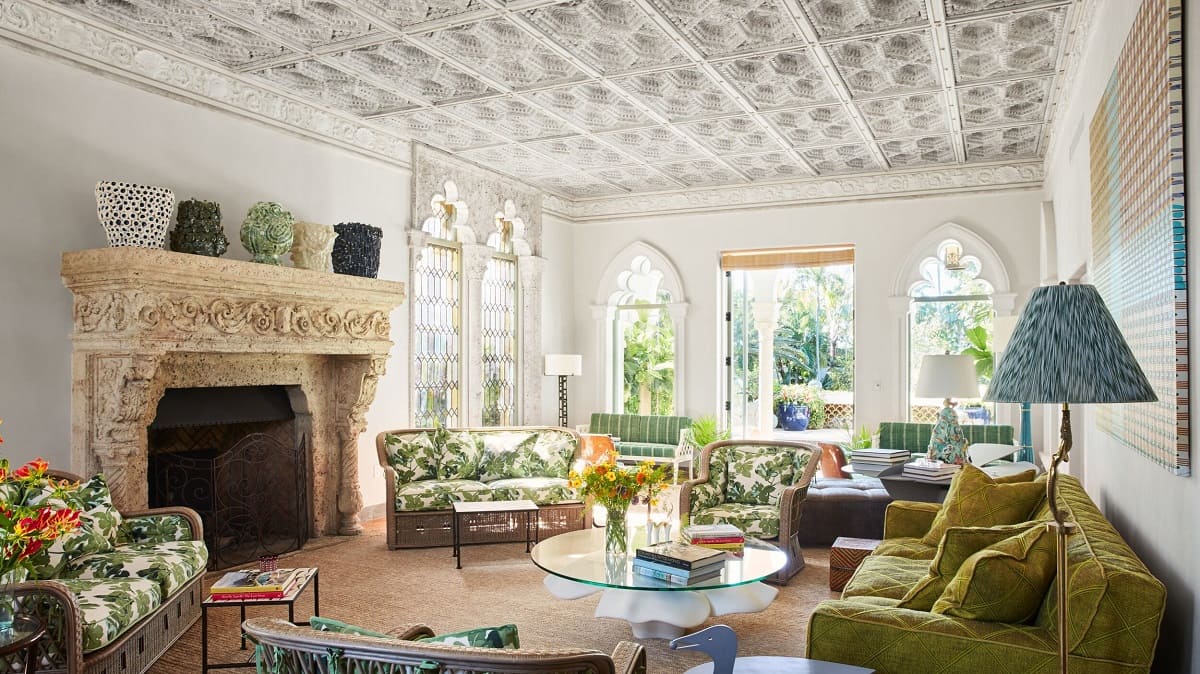


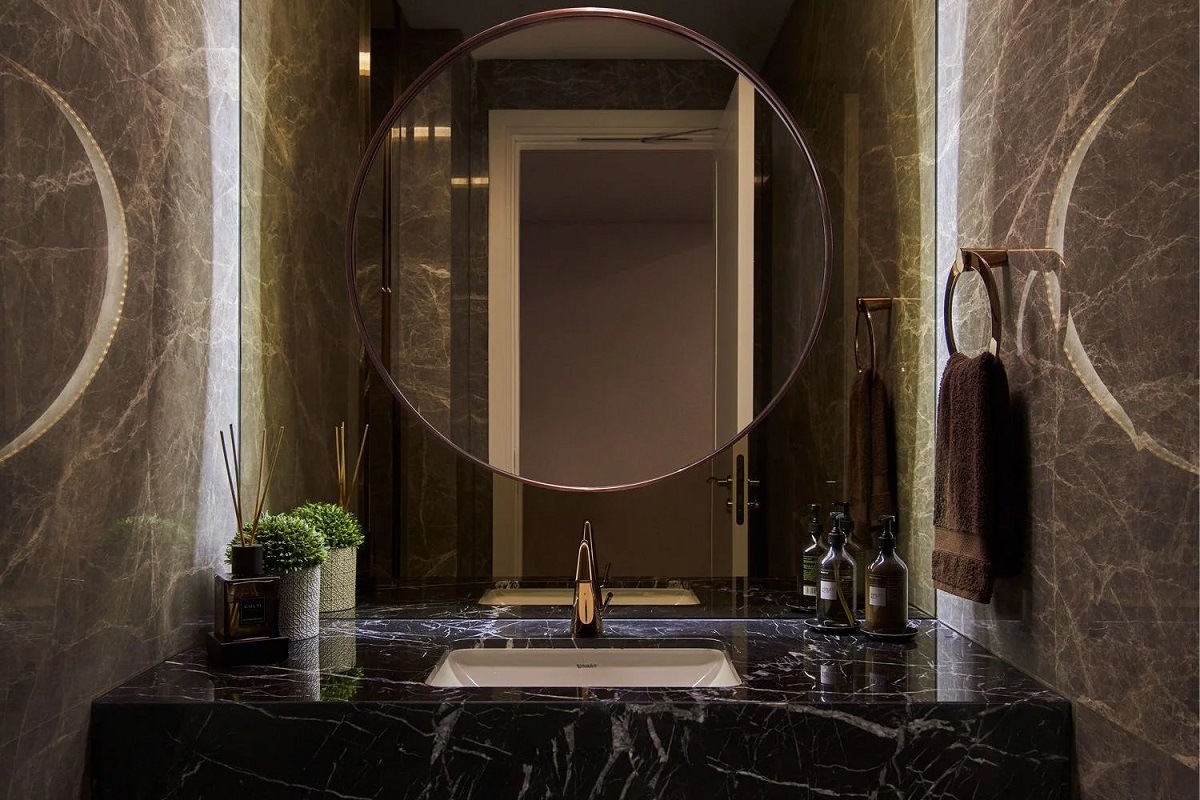
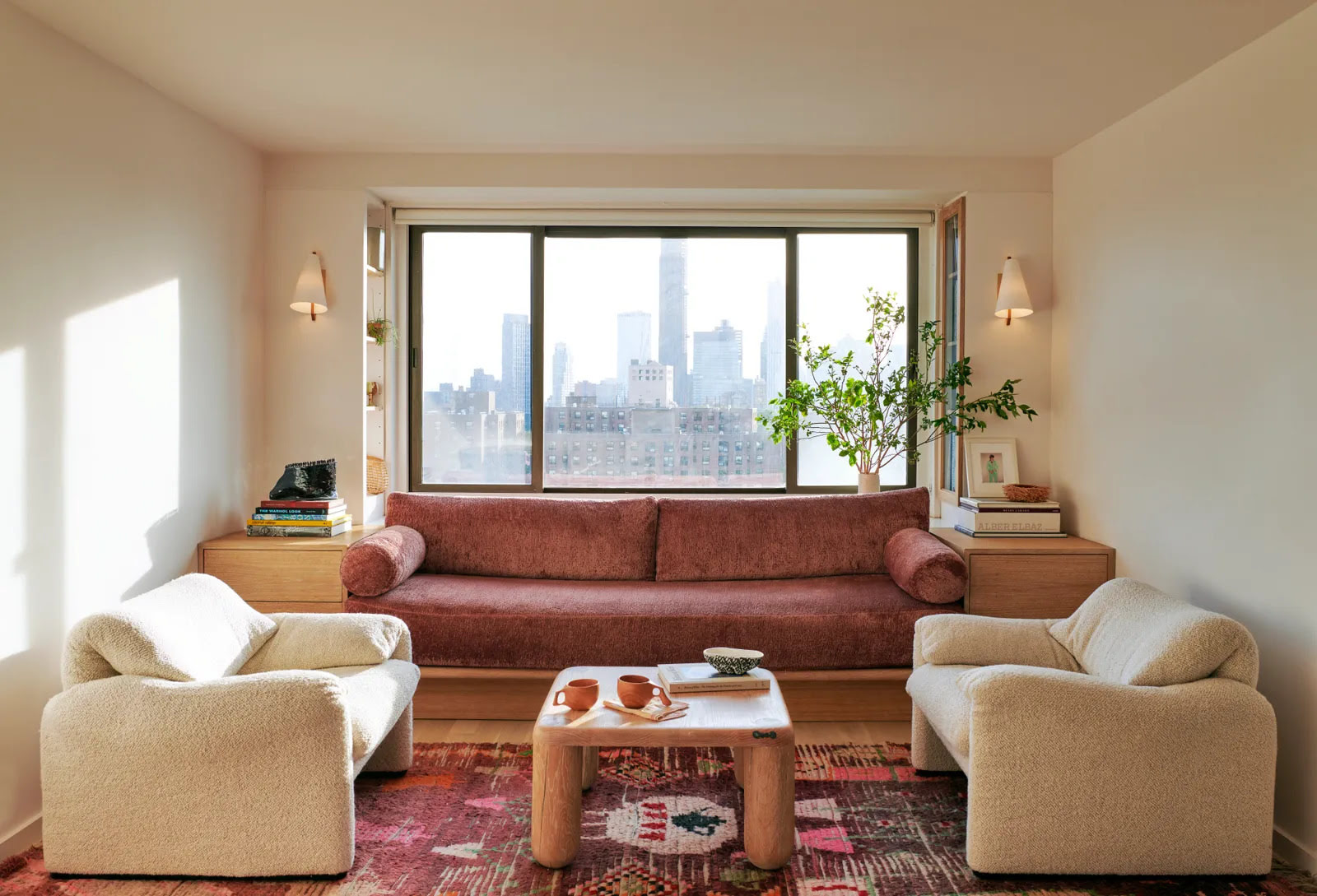
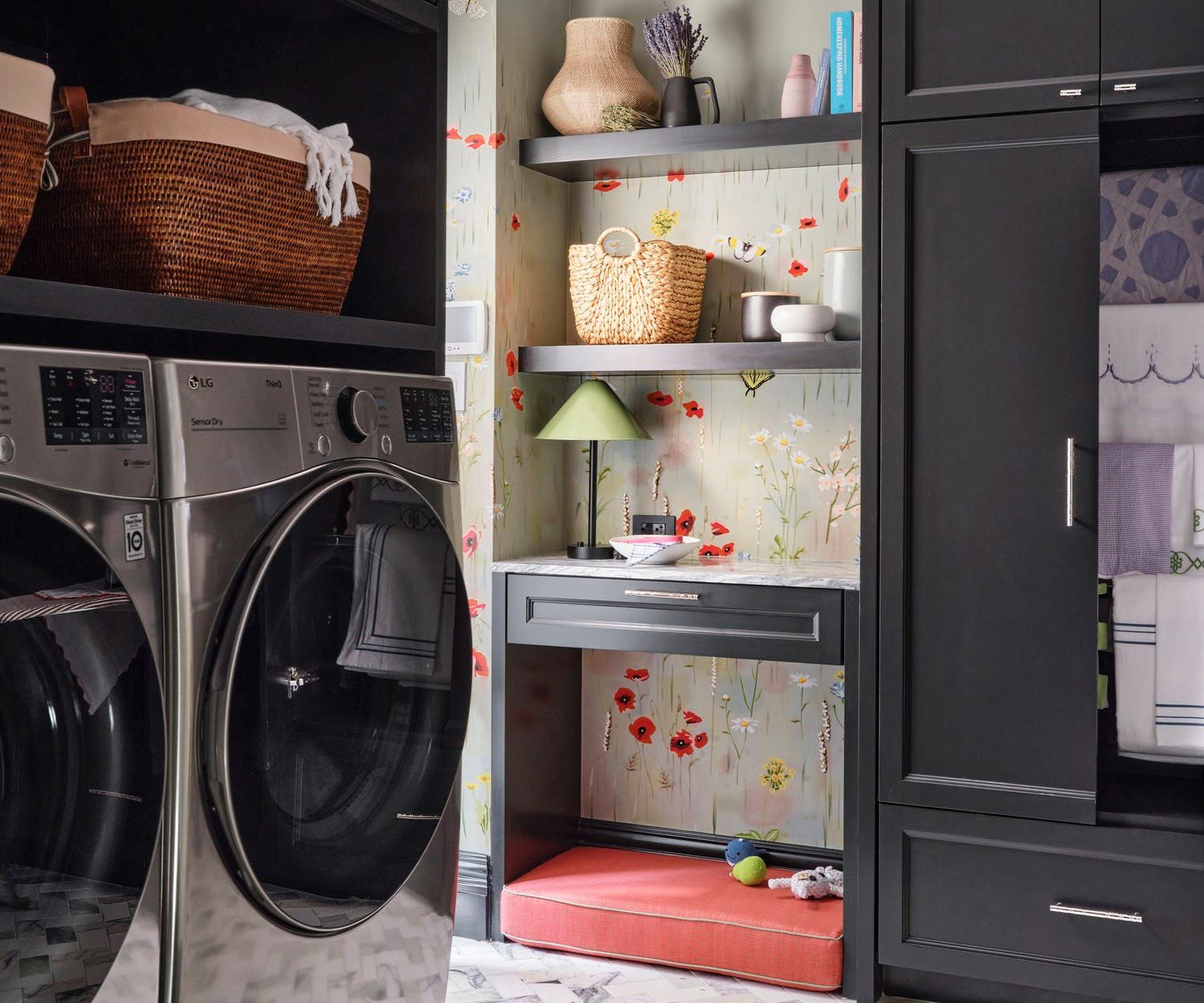
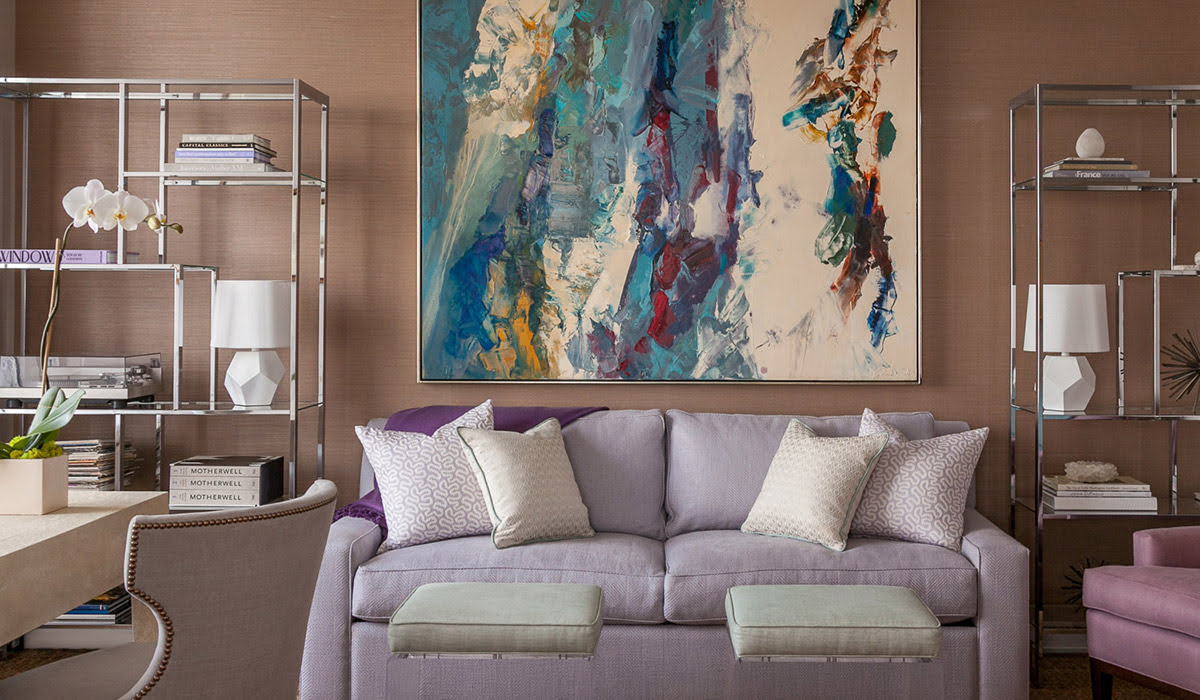
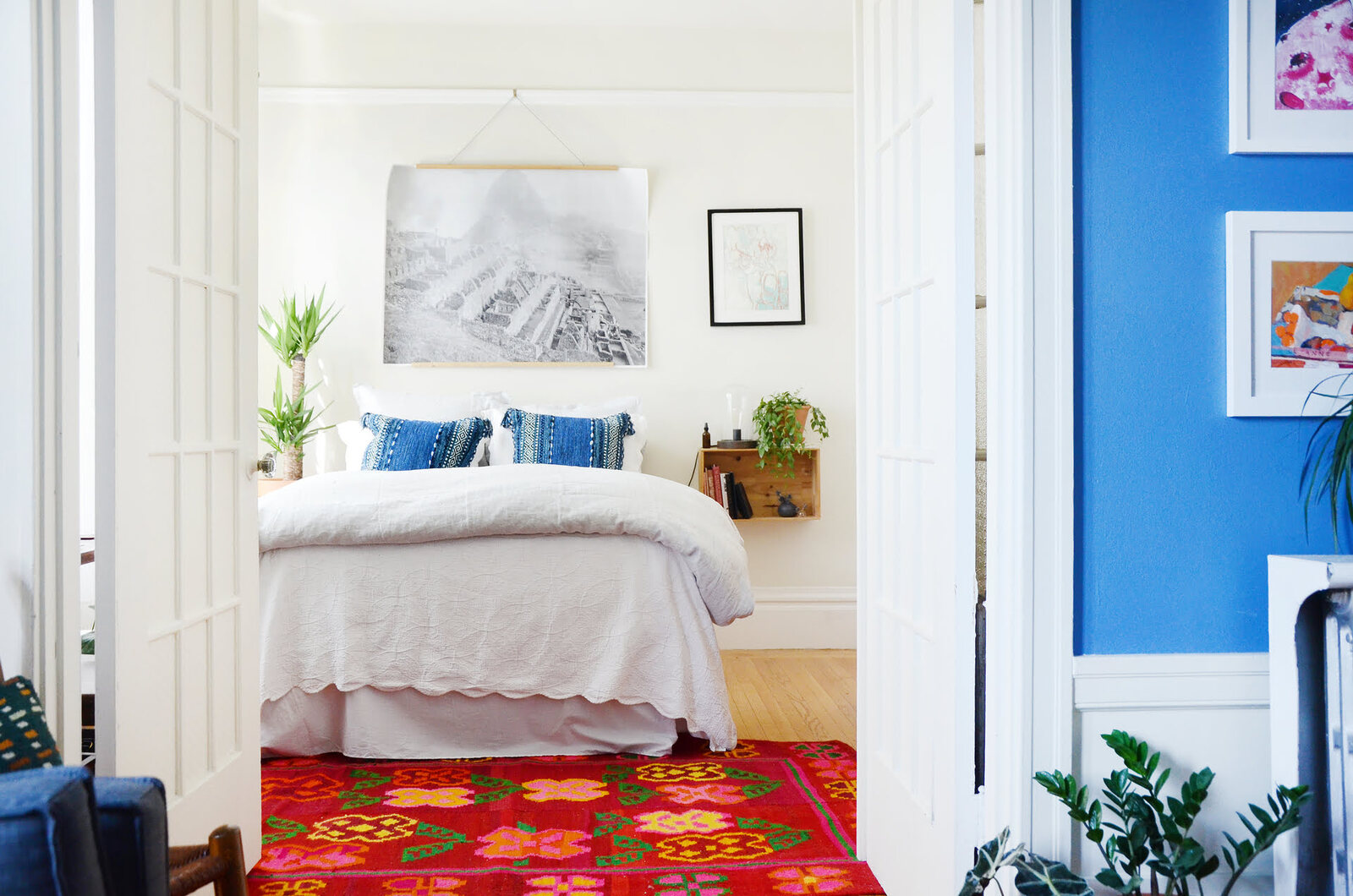
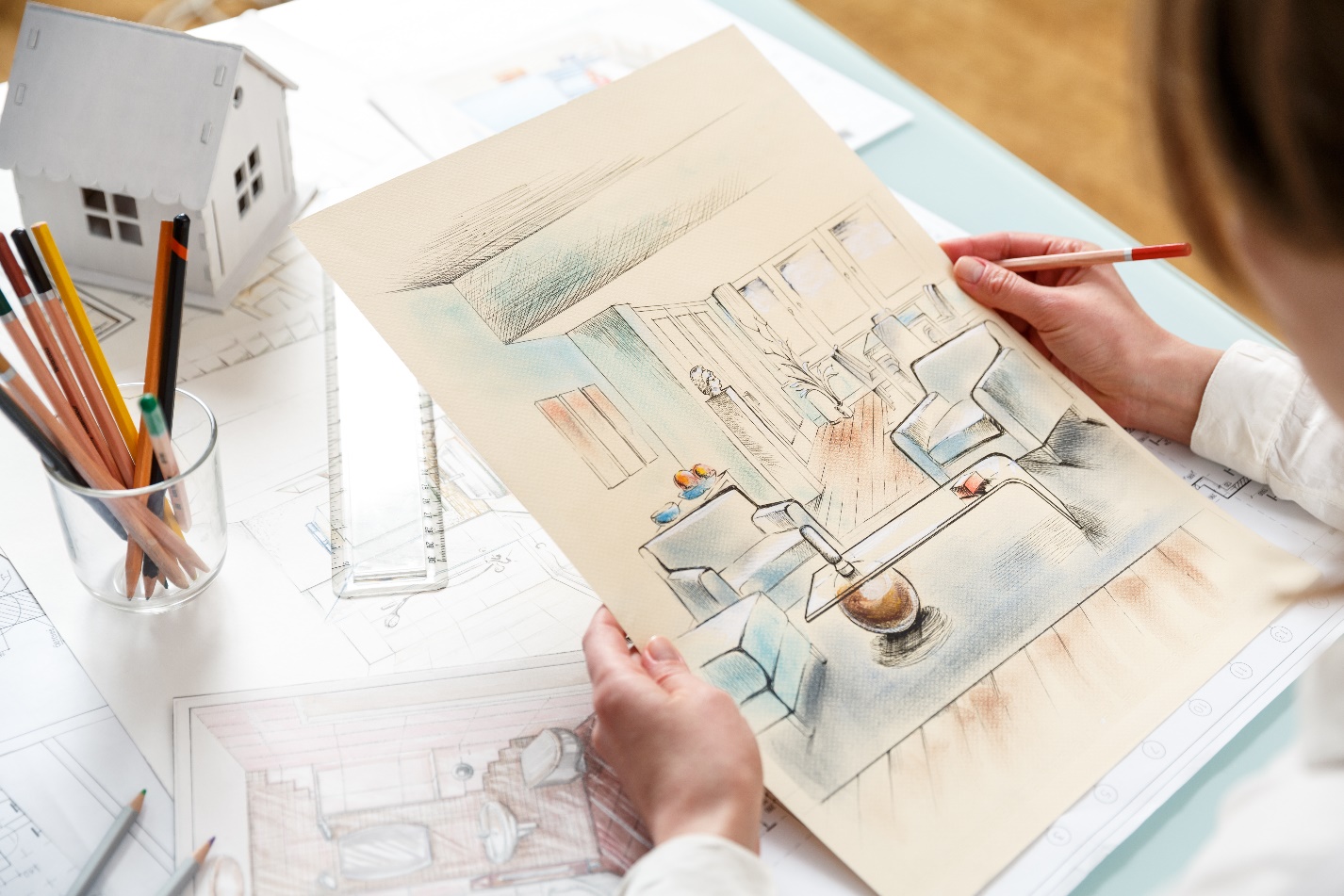
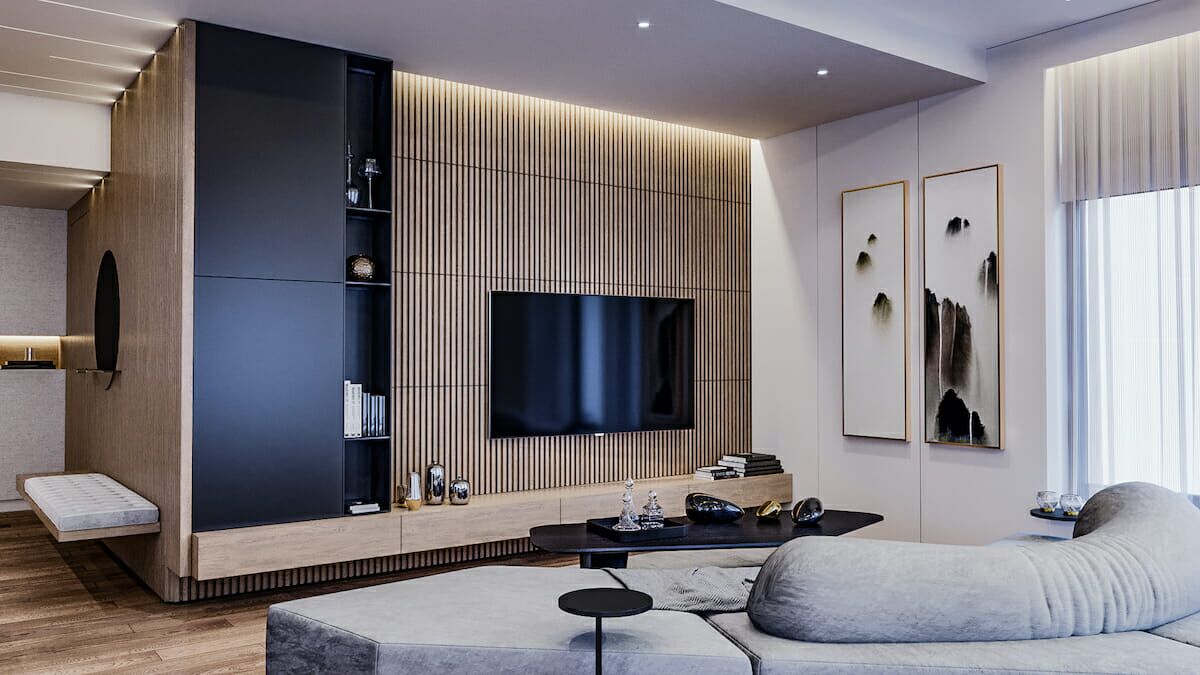

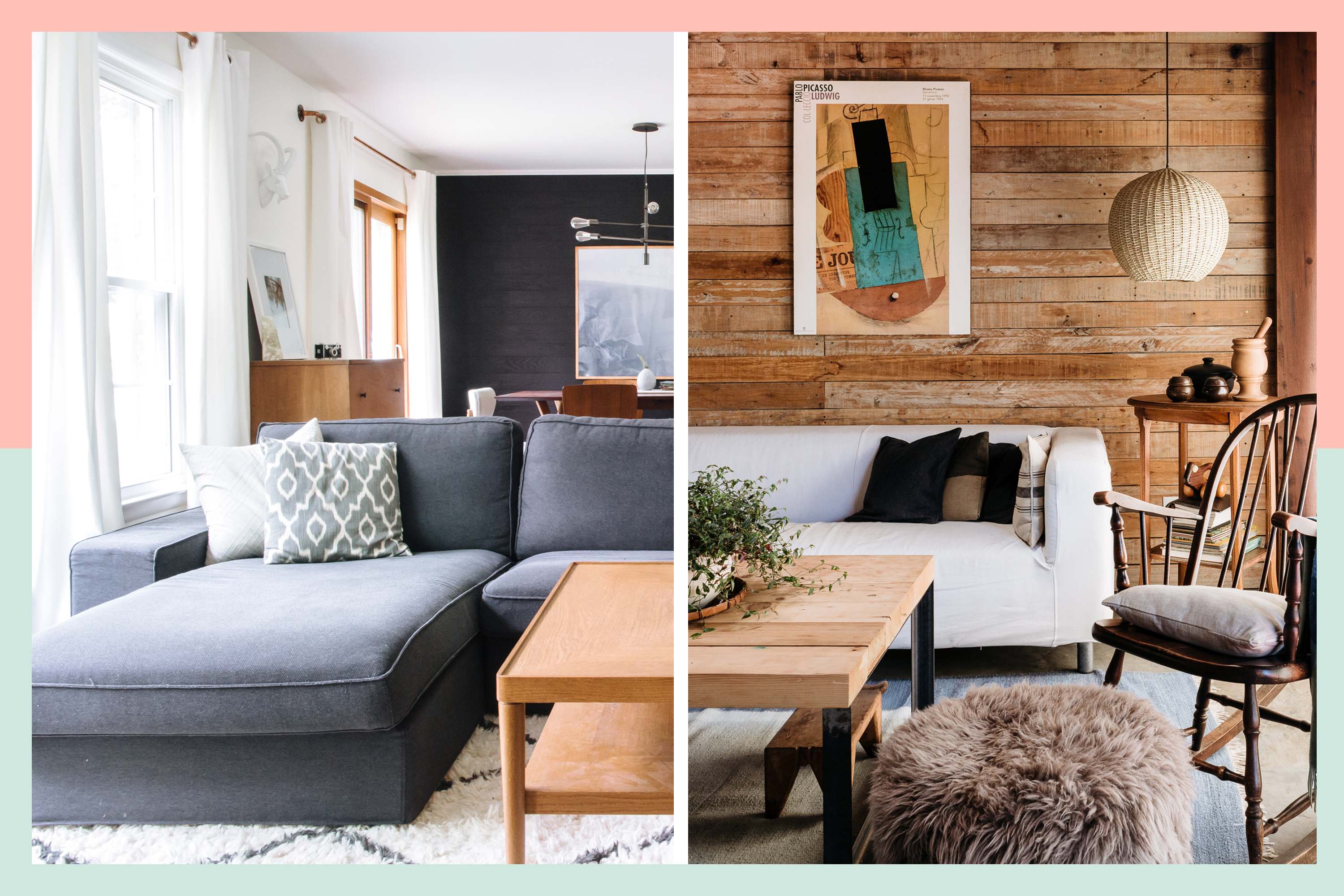
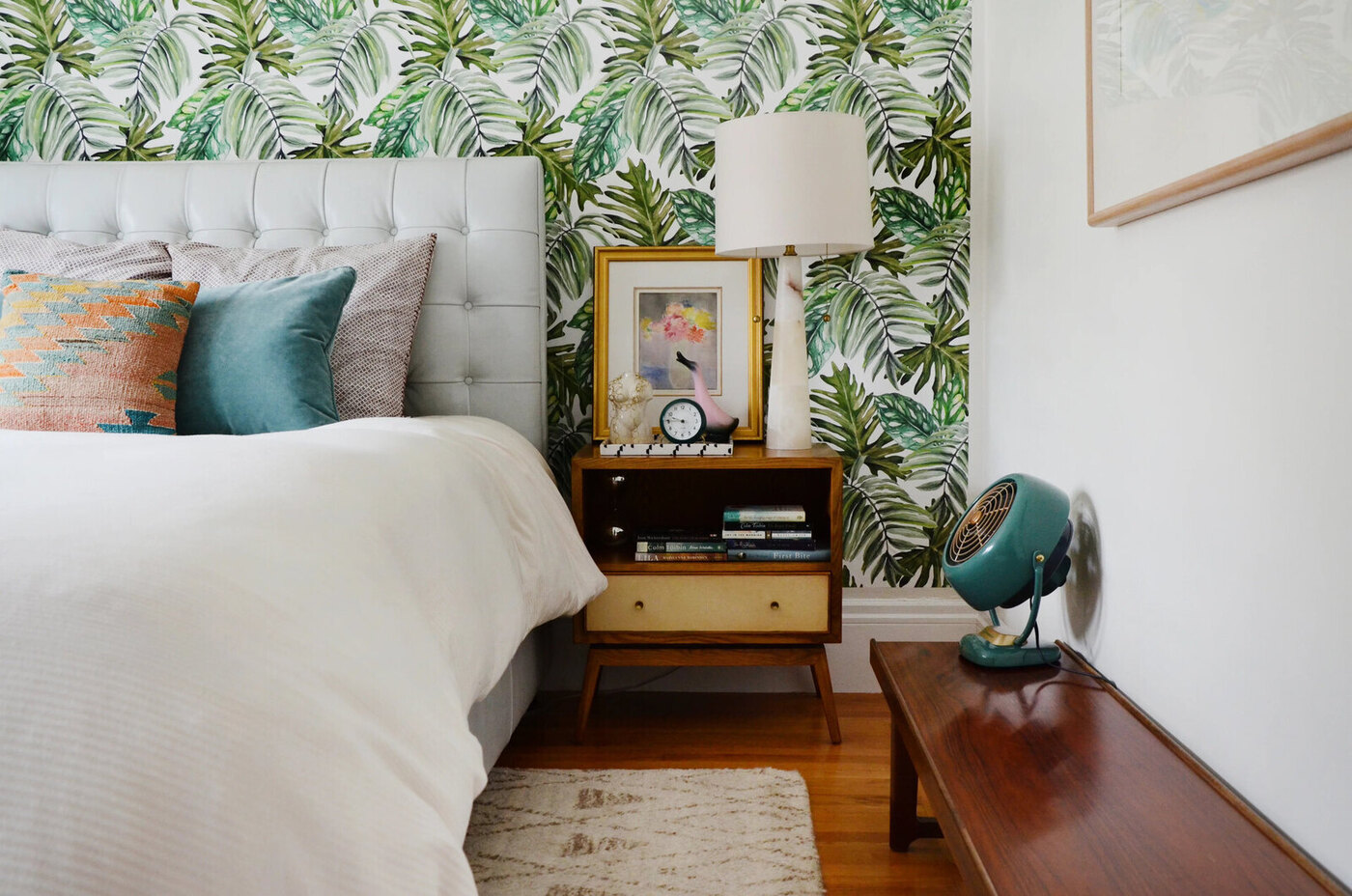

0 thoughts on “The First Things Interior Designers Notice In A Room”